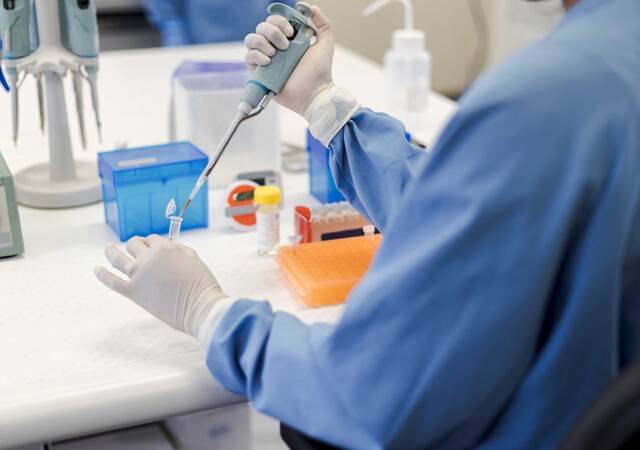June 19, 2024
By Patricia Urakawa
Even three weeks after the 2024 Hospitalar conference in Brazil, it is still worth highlighting some important points raised by Marcella de Abreu, GEVIT/ANVISA Manager, during her presentation covering the RDC 830/2023 legislation for in vitro diagnostic devices. This also serves as a reminder that RDC 830/2023 now applies to IVDs and products within the scope of IVDs in Brazil.
Background on RDC 830/2023
The new RDC on IVDs, which came into force on June 1, brings changes to align the regulatory requirements with RDC 751/2022 on medical devices. In addition, the classification of some IVDs changed. Note that ANVISA published three guidance documents related to classification changes.
Examples of IVD classification changes in Brazil
- VEB (Epstein-Barr), which was previously classified as Class II, is now classified as Class IV. Hemoglobin subtype, previously classified as Class II, now is Class III.
- Neisseria, Zika, Chlamydia, Parvovirus, Plasmodium that were classified as Class III are now Class IV.
- Control devices without assigned quantitative or qualitative values (i.e., products used as external (from the laboratory's own) quality control) are now classified as Class II. The old regulation did not provide for this framework; now, these products must be regulated as “IVDs” and have a period of one year to be authorized by ANVISA.
Regulatory submissions for classification changes
For products that went from notification to registration or vice versa, they must be authorized through a specific subject within one year from the entry into force of RDC 830/2023 (June 1, 2025). For products that have had their risk class changed, but which continue as notification or registration, it is not necessary to file the reclassification; this can be done through a rectification.
IVD Labeling requirements
Another change that impacts product labeling aligns with RDC 751/2022, which is the change in the term “importer (importador)” (the name given to identify the registration holder in the country) to “regularized by (regularizado por).” The companies have 120 days (from June 1, 2024) to adapt the labels.
Concluding Remarks
ANVISA’s de Abreu also reinforced that the inclusion of information from national companies (distributors) on labels in addition to the legal manufacturer and/or holder of the registration or notification is prohibited. She explained that the new rule will prevent responsibilities from being confused.
Patricia Urakawa is Senior Consultant, Regulatory Affairs at Emergo by UL.
Request more information from our specialists
Thanks for your interest in our products and services. Let's collect some information so we can connect you with the right person.







